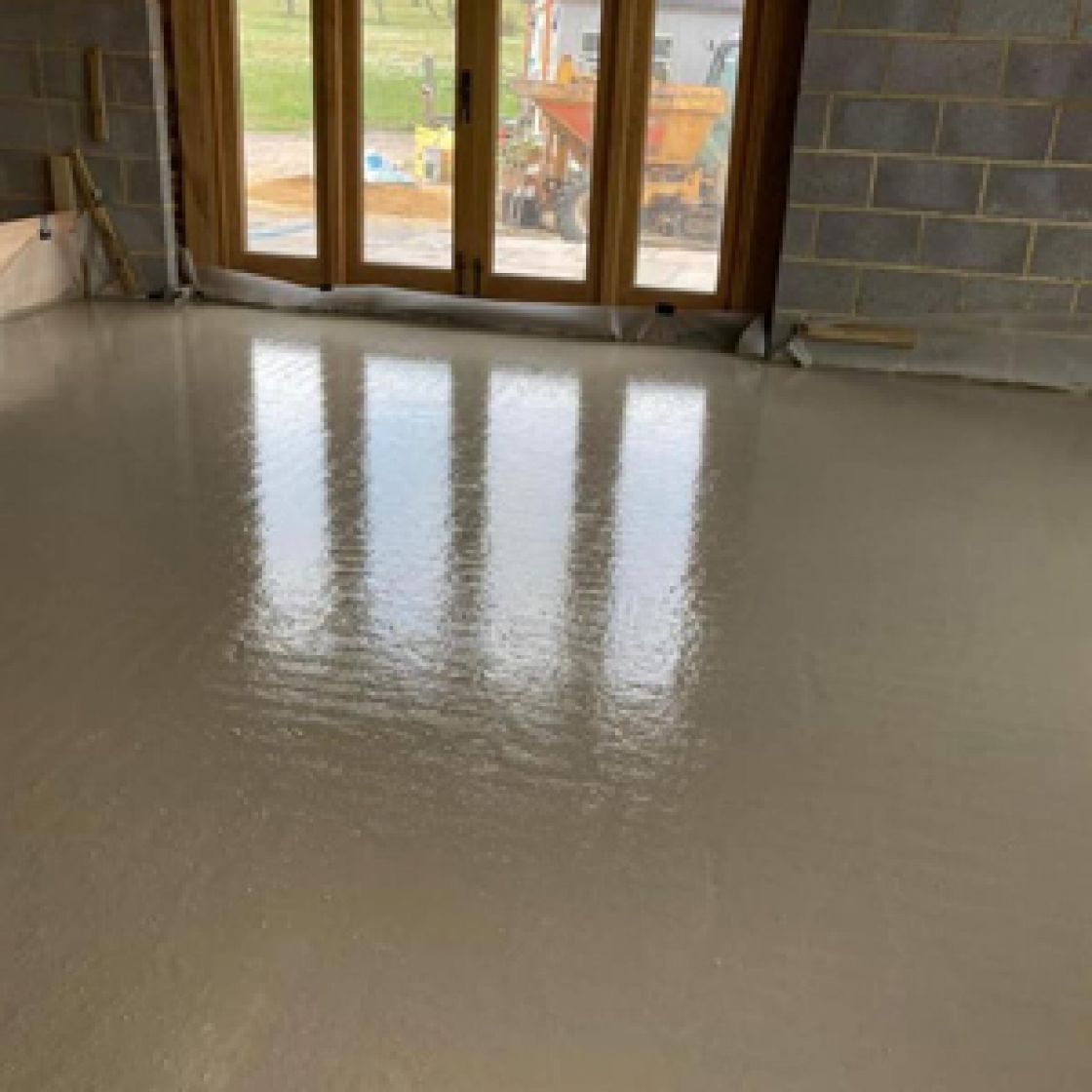
Embracing environmental friendliness with liquid screeds
There are several options out there that can get used for enticing the surface flooring. One of these options is using liquid screeds. These help offer a smooth, level surface before applying floor finishing or polishing. At the outset, these are a preamble to adding the final texture and feel. These are apt for both commercial and residential outlets.
The essence
Today, liquid (or flow) screeds have become standard flooring options. Liquid screeds are a thick liquid mix that gets applied by pouring or pumping from a mixing truck straight onto the area of concrete that needs covering. These then are dappled using a dappling bar, ensuring to find their levelling without leaving any air bubbles or faults. Upon drying, the final flooring, be it tiles, carpet, wood or laminate, is laid on the top.
The composition
At the outset, liquid screeds get made of a sand and cement mixture. There are two primary types of liquid screeds - cement-based and calcium-sulphate or anhydrite screed. The liquid screed tends to be fine, easy to pour, and hence, sets smooth. Also, it is possible to add other things for decorative purposes or to strengthen the screed itself. Some of the options are shingles, stone or coloured glass.
Environmental-friendliness
With climate change and energy efficiency at the forefront of conversations, here is an assessment of what liquid screeds can offer.
Liquid screeds have high thermal conductivity. This aspect helps spread underfloor heating across the surface area, making the premises more energy-efficient. Easier for levelling, liquid screeds can be thinner, requiring fewer resources and less energy during production. A standout is that nearly 40 percent of recycled material gets used in liquid screeds.
A speciality of anhydrite screed is its high gypsum content. Additionally, it produces less CO2 than traditional sand and cement. ‘Green floor’ for consumers and producers. Everybody wins! Nonetheless, all liquid floor screeds help conserve energy costs. The reason is that flowing screed encases the pipes closely, rendering better thermal transfer from the heated pipes to the rooms above. Using liquid screeds marks a progressive step in combating the common conundrums - sustainability and climate change.
Any specific areas of use?
Although liquid screeds can get used anywhere, there are a few out-and-about peculiarities. It is a good bet in environments subjected to high temperatures. In residential buildings, these are particularly effective when laying new floors on top of existing ones. A word of caution - do not leave the screed floor uncovered. Also, liquid screeds are not ideal for damp areas such as wet rooms and bathrooms.
In the dry
A pertinent inquiry that merits consideration is the time taken for drying. There is no unanimous answer. Much depends on the mix and conditions inside the building. It may be dry enough to endure light footfall within 24 to 48 hours. However, seven days is the minimum before installing anything heavy or permanent. Anhydrite screeds can sometimes get force-dried with underfloor heating. Cement-based needs time before turning on the heat. It is imperative to know which type one possesses and then leave it to dry as per the laid-in instructions.
Driving the wave of environmentally-friendly and energy-efficient flooring, Screedeasy has much to offer. Their team of experts possess the requisite know-how and execution proficiency.
